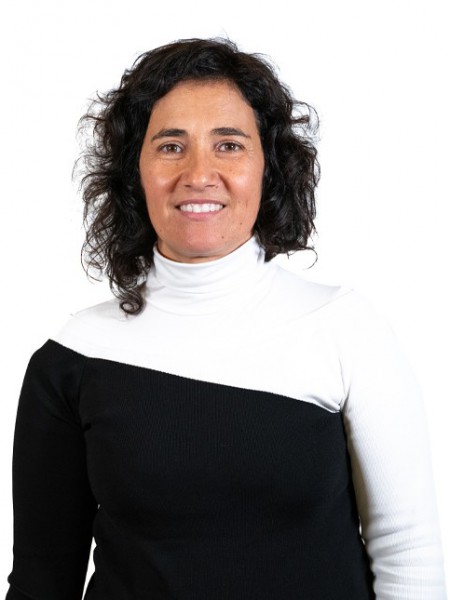abstract
This study aimed at optimizing the one-step chemical activation and microwave pyrolysis of an agro-industrial waste to obtain a microporous activated carbon (AC) with superior textural and adsorptive properties by a fast, low-reagent and low-energy process. Spent brewery grains were used as precursor, and the antibiotics sulfamethoxazole (SMX), trimethoprim (TMP) and ciprofloxacin (CIP) were considered as target adsorbates. A fractional factorial design was applied to evaluate the effect of the main factors affecting the preparation of AC (activating agent, activating agent:precursor ratio, pyrolysis temperature and residence time) on relevant responses. Under optimized conditions (K2CO3 activation, pyrolysis at 800 C during 20 min and a K2CO3 :precursor ratio of 1:2), a microporous AC with specific surface area of 1405 m(2) g(-1) and large adsorption of target antibiotics (82-94%) was obtained and selected for further studies. Equilibrium times up to 60 min and maximum Langmuir adsorption capacities of 859 mu mol g-1 (SMX), 790 mu mol g(-1) (TMP) and 621 mu mol g(-1) (CIP) were obtained. The excellent textural and adsorptive properties of the selected material were achieved with a very fast pyrolysis and low load of activating agent, highlighting the importance of optimization studies to decrease the environmental and economic impact of waste-based AC.
keywords
AQUEOUS-SOLUTIONS; ADSORPTION; CIPROFLOXACIN; TRIMETHOPRIM; ADSORBENT; KINETICS; BIOCHAR; PHARMACEUTICALS; METHODOLOGY; TEMPERATURE
subject category
Engineering; Environmental Sciences & Ecology
authors
Sousa, EML; Otero, M; Rocha, LS; Gil, MV; Ferreira, P; Esteves, VI; Calisto, V
our authors
Projects
CICECO - Aveiro Institute of Materials (UIDB/50011/2020)
CICECO - Aveiro Institute of Materials (UIDP/50011/2020)
Projeto de Investigação Exploratória: Paula Ferreira (IF_Paula Ferreira)
acknowledgements
This work was developed within the scope of the project CICECO Aveiro Institute of Materials (UIDB/50011/2020 & UIDP/50011/2020). We acknowledge financial support to CESAM by FCT/MCTES (UIDP/50017/2020+UIDB/50017/2020+LA/P/0094/2020), through national funds. Erika M.L. Sousa thanks to Fundacao para a Ciencia e Tecnologia (FCT) for her PhD grant (2020.05390. BD). Paula Ferreira is thankful to FCT for the Investigator Program (IF/00300/2015). Maria V. Gil acknowledges support from a Ramon y Cajal grant (RYC-2017-21937) of the Spanish government and the Spanish State Research Agency, cofinanced by the European Social Fund (ESF).


